The beginning of May is a perfect time for birding in Estonia – the weather has become warmer and each day brings thousands of new birds. Some of them come to Estonia to breed, some are just stopping en route to feed and build up their energy reserves for the long trip to their arctic breeding grounds – Common- and Velvet Scoters, Long-tailed Ducks, Black- and Red-throated Divers. The shallow coast and wetlands offer excellent stopovers for waders, ducks, and geese. So it’s a time when most local breeders are back from their wintering grounds and the Arctic breeders are still here. In addition, it’s a great time to spot Black Grouse, Western Capercaillie, and other iconic forest birds. Besides birding, this tour targets also mammals, such as Brown Bears, Beavers, and Elk.
For a more specific list of birds, check the Target species in the menu on the right and the Itinerary.
Overview
During this tour, we’ve got chances of spotting 8 different species from the woodpecker family, including the Three-toed, White-backed, Black, and Grey-headed Woodpecker. The beginning of May is still a good time to spot Elk and other mammals. We will also spend a night in a Brown Bear hide, where we have excellent chances of spotting at least one of Estonia’s 1000 Brown Bears. For a longer list of species that we hope to see, read the Trip Info.
What can you see?
- Huge flocks of Barnacle Geese
- Migrating Ruffs displaying on the meadows
- Long-tailed Ducks
- White-tailed Eagle, Lesser-spotted Eagle
- Black Grouse, Hazel Grouse, Capercaillie
- Elk, Brown Bear, Raccoon Dogs, Beaver
- Ural and Pygmy Owl
- White-backed, Three-toed, Grey-headed and Black Woodpeckers
- Savi’s Warbler, River Warbler, Common Rosefinch, and other eastern migrants
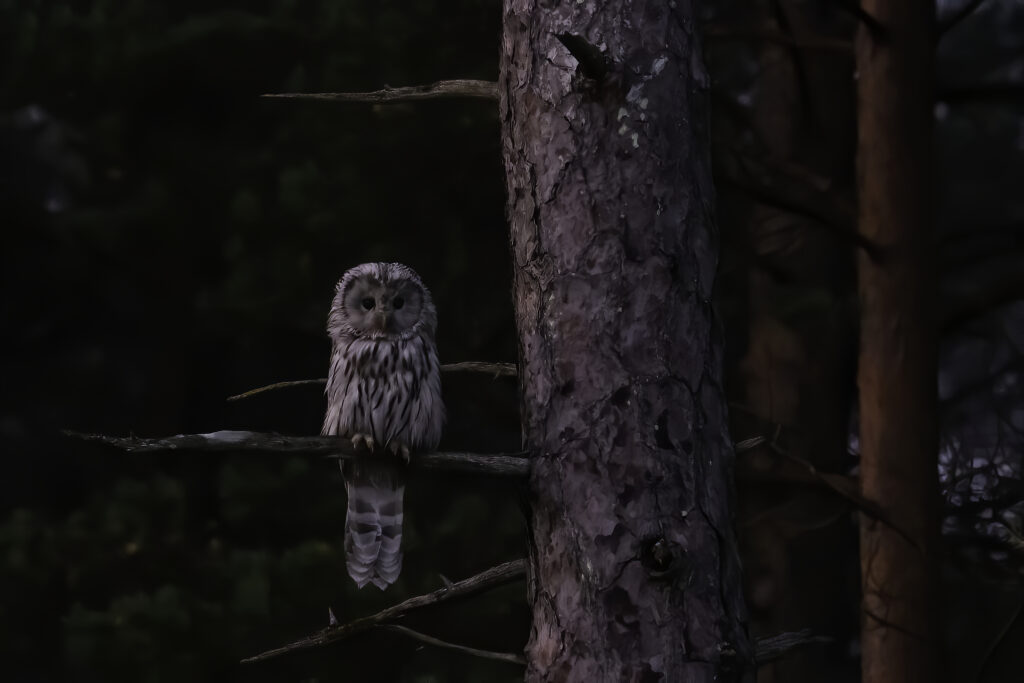
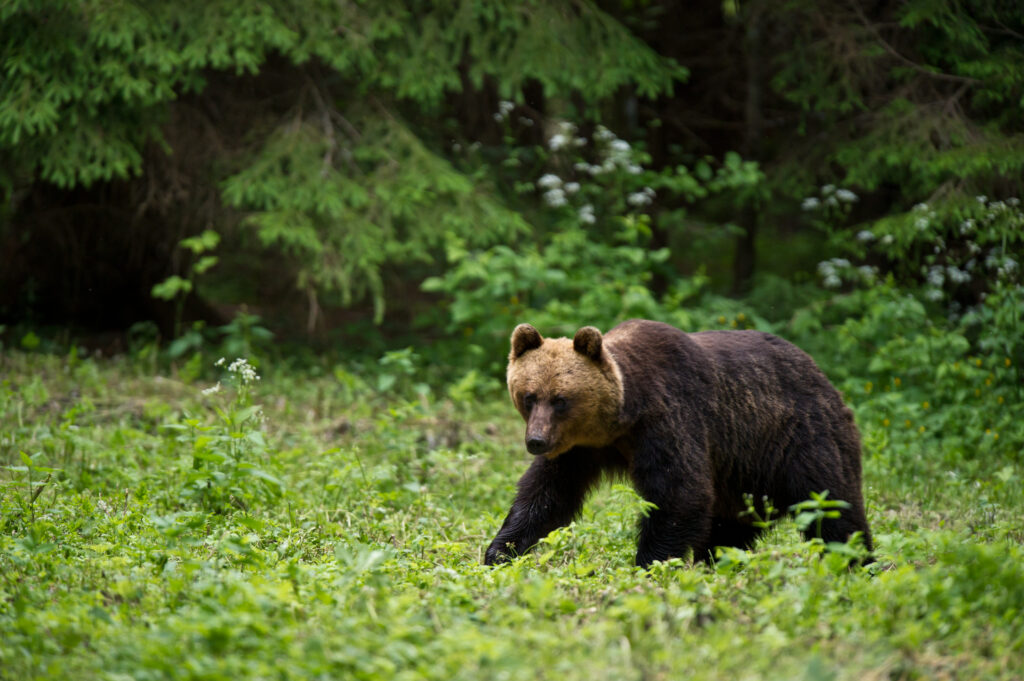
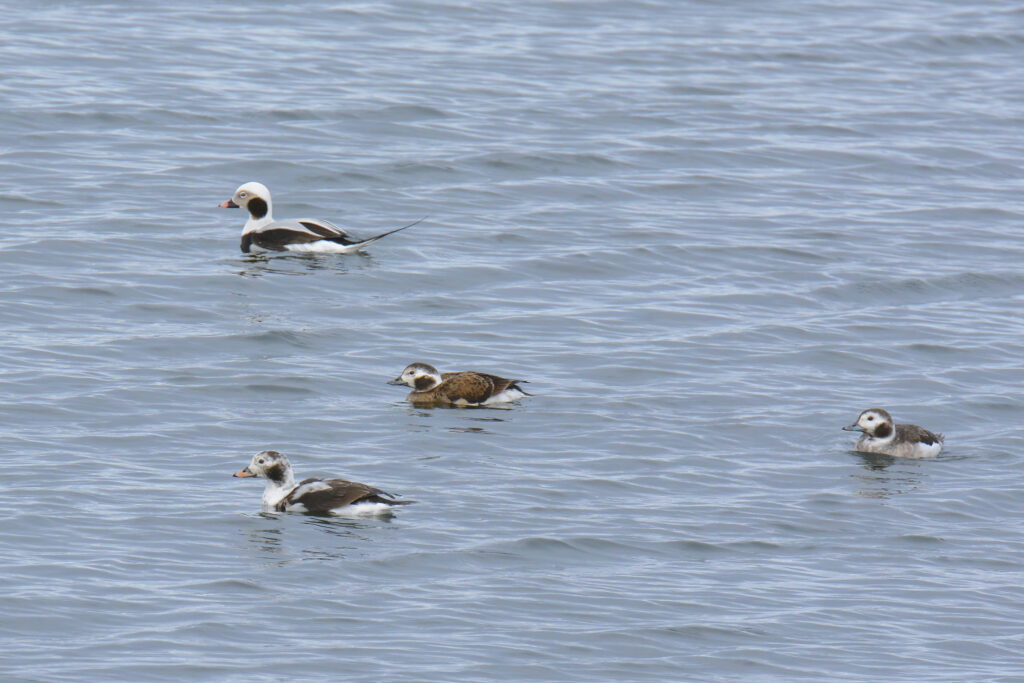
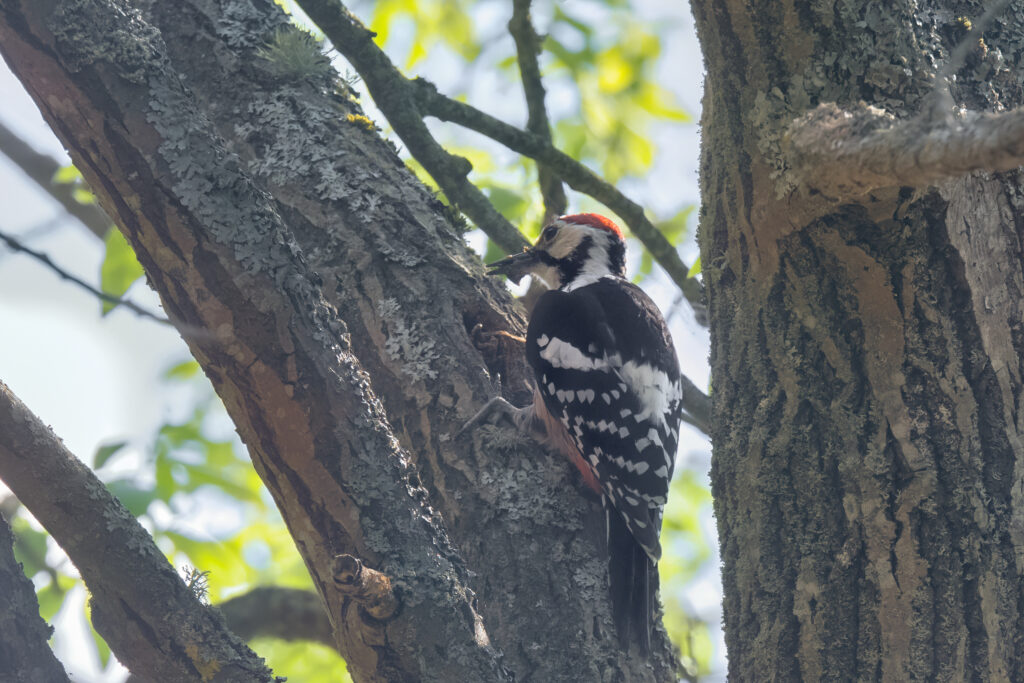
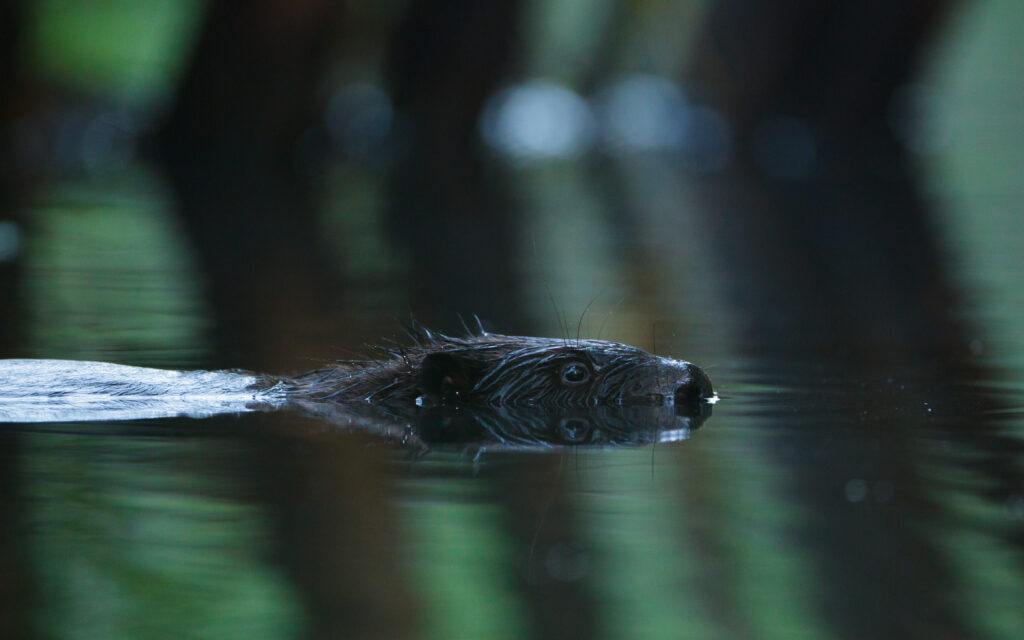
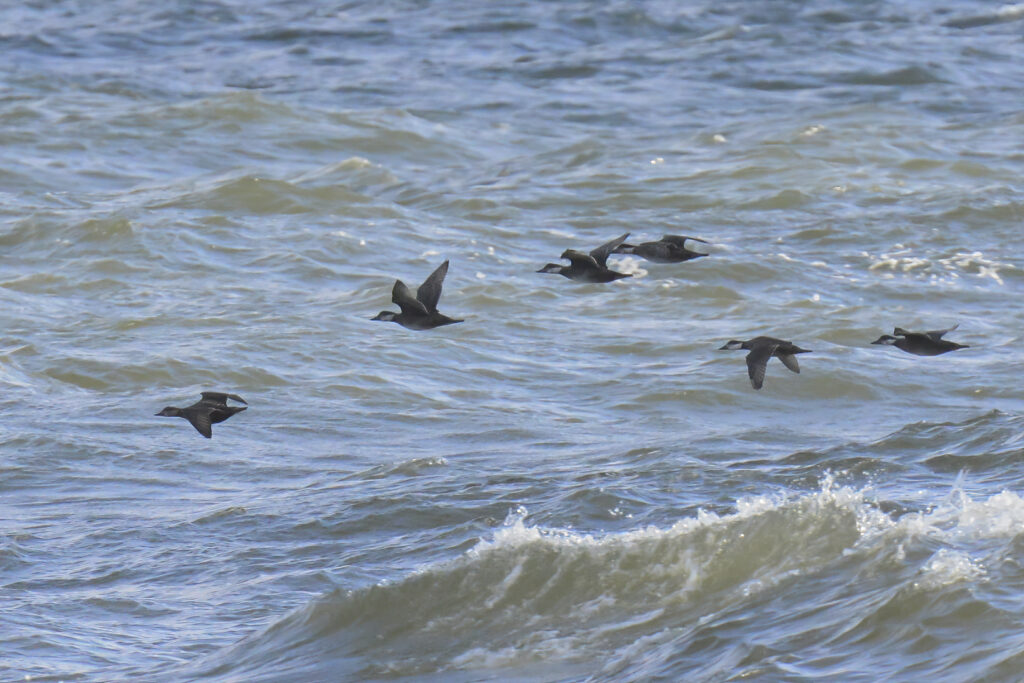
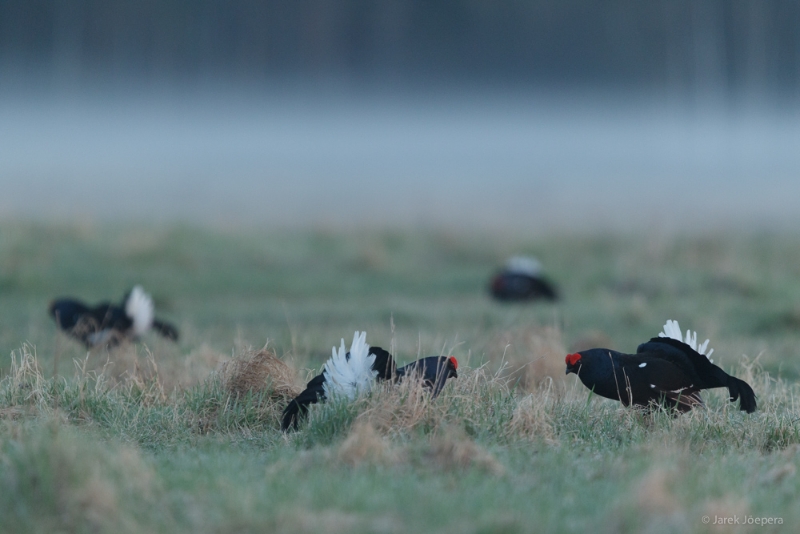
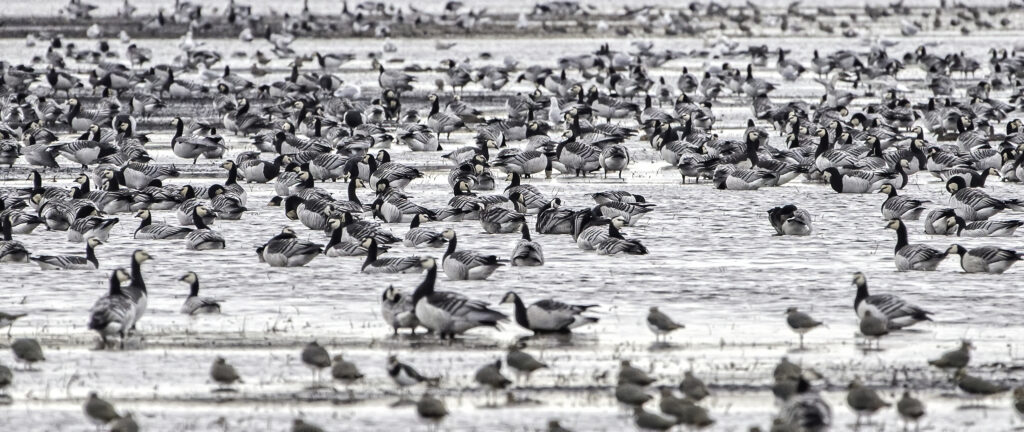
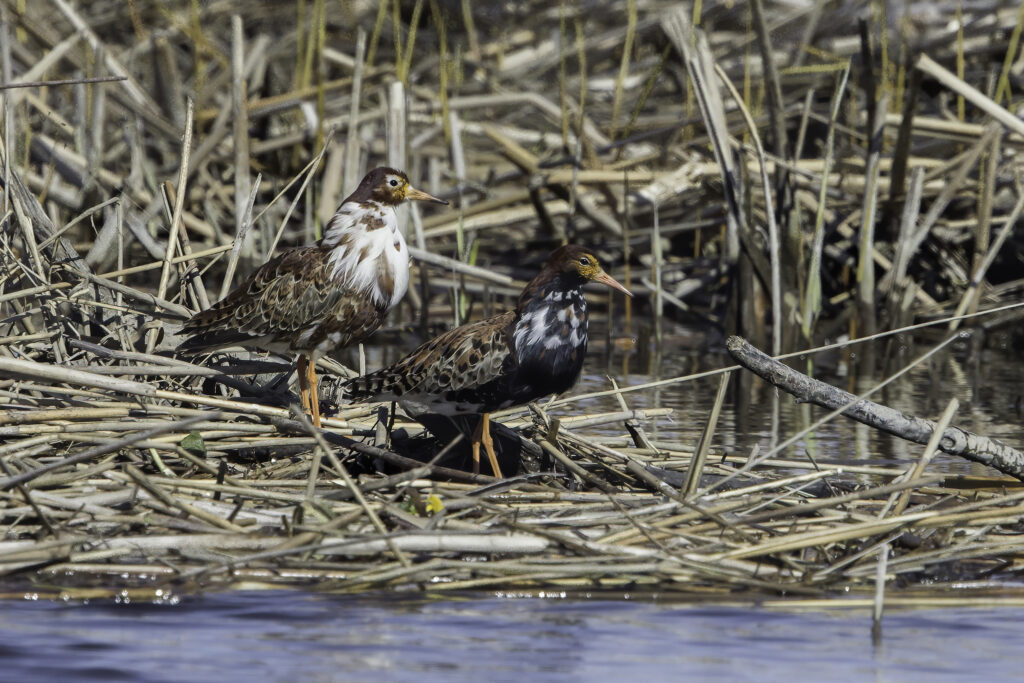
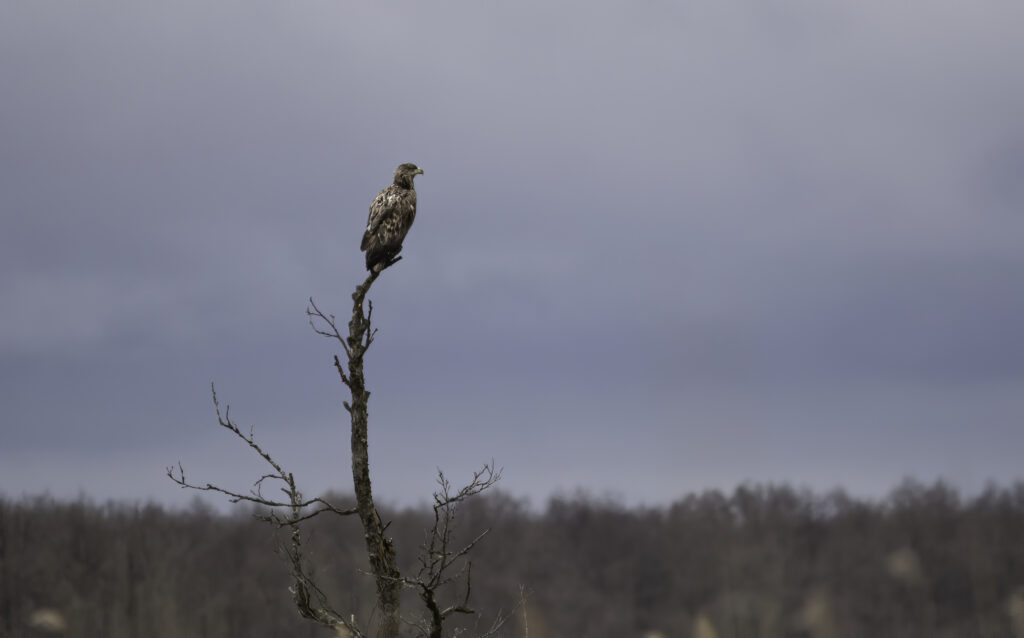
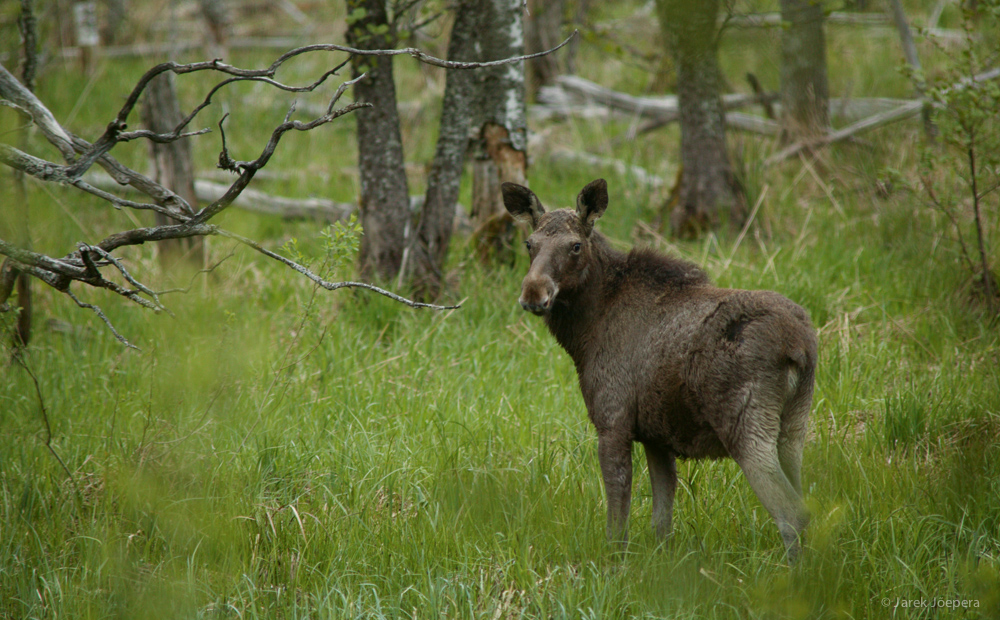
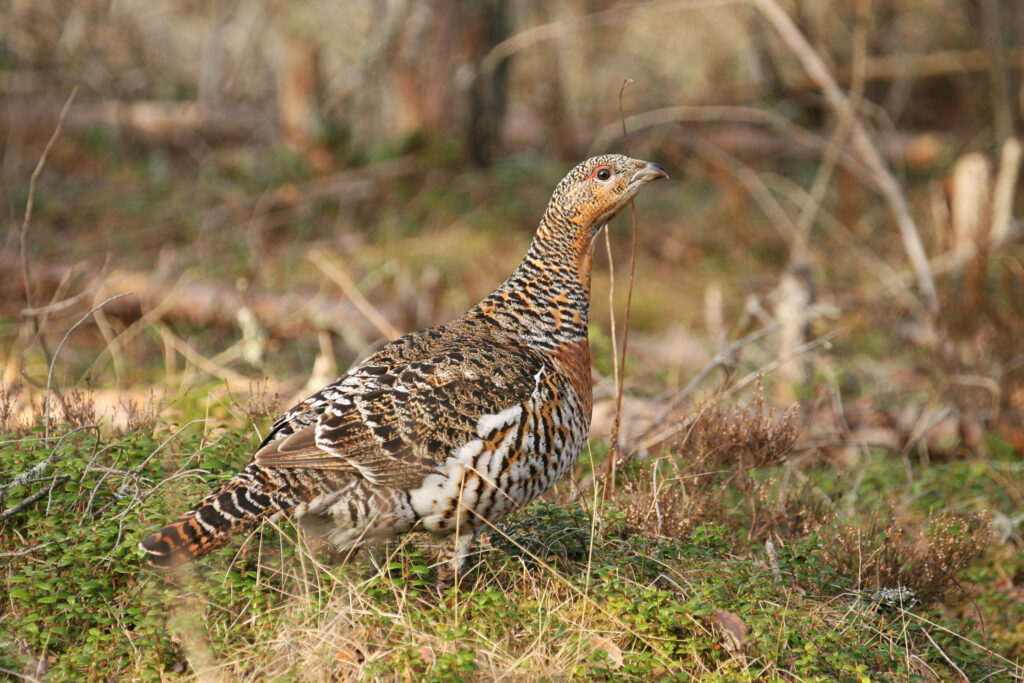
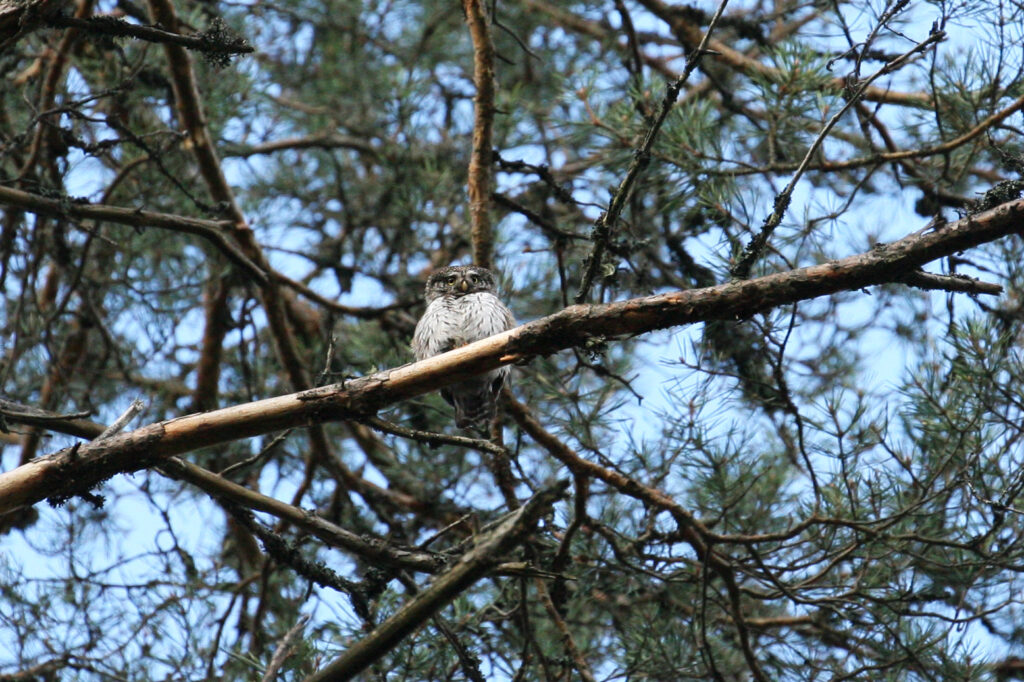
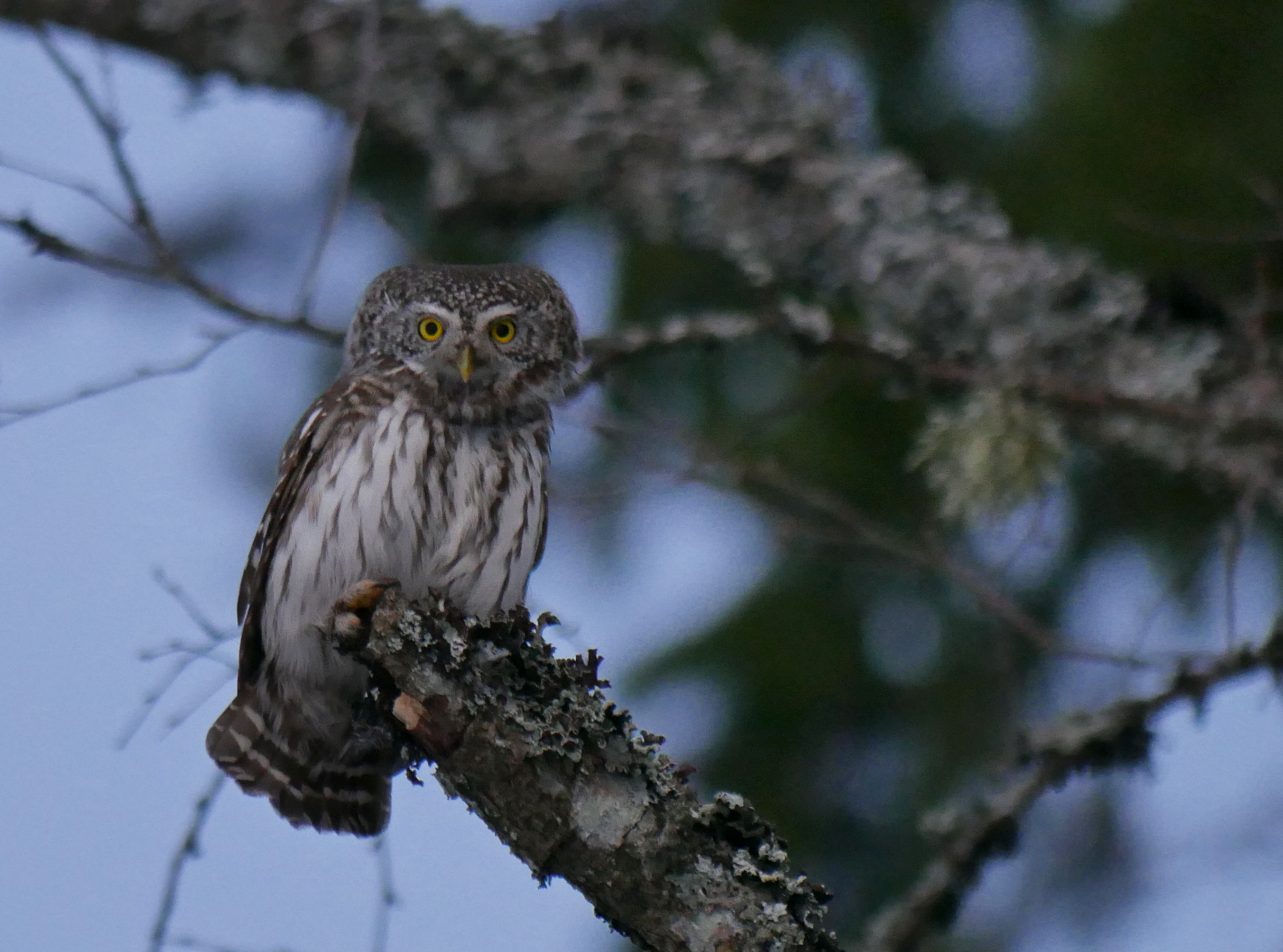
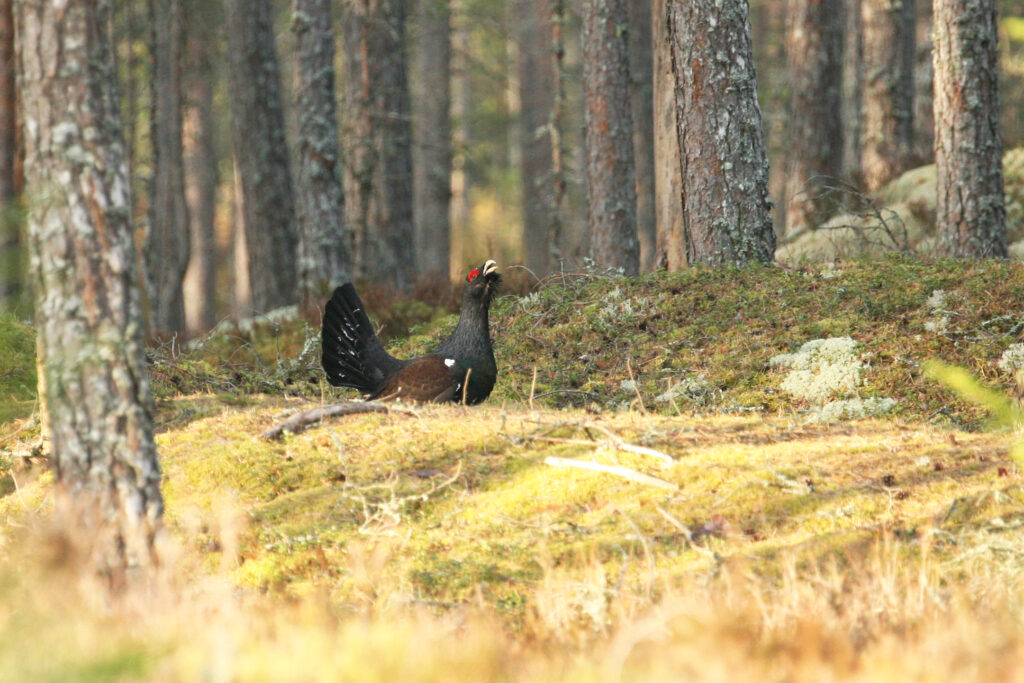
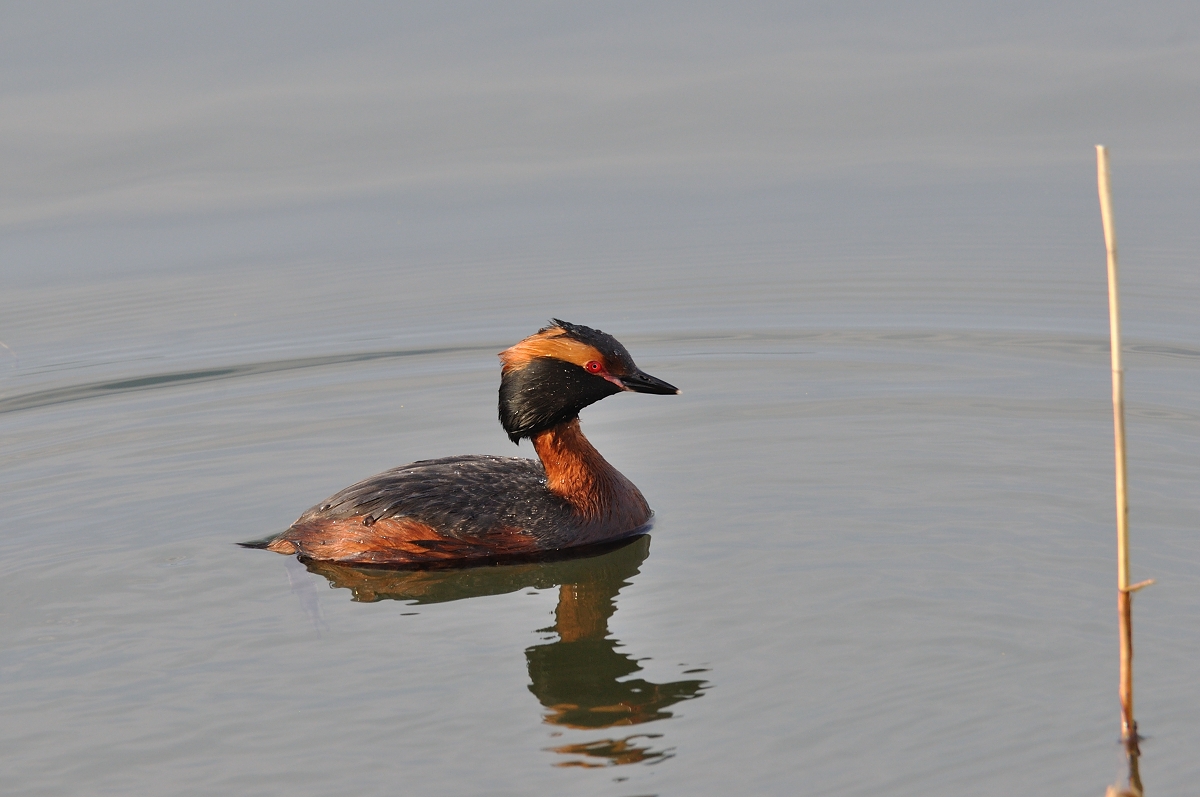
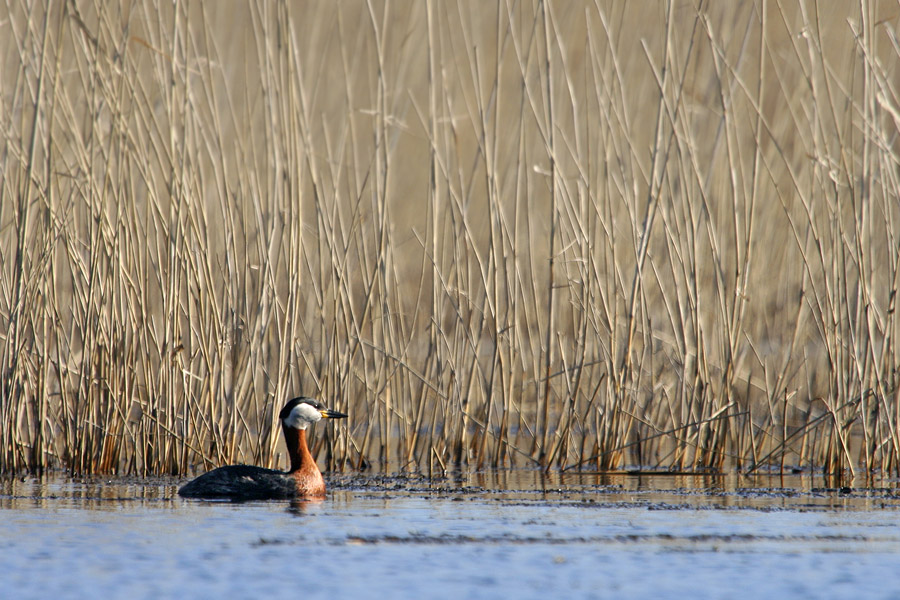

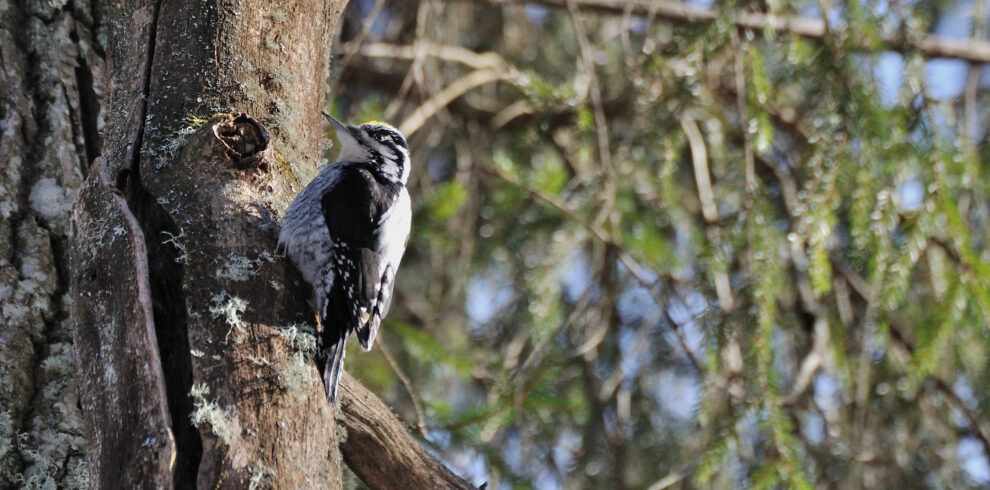
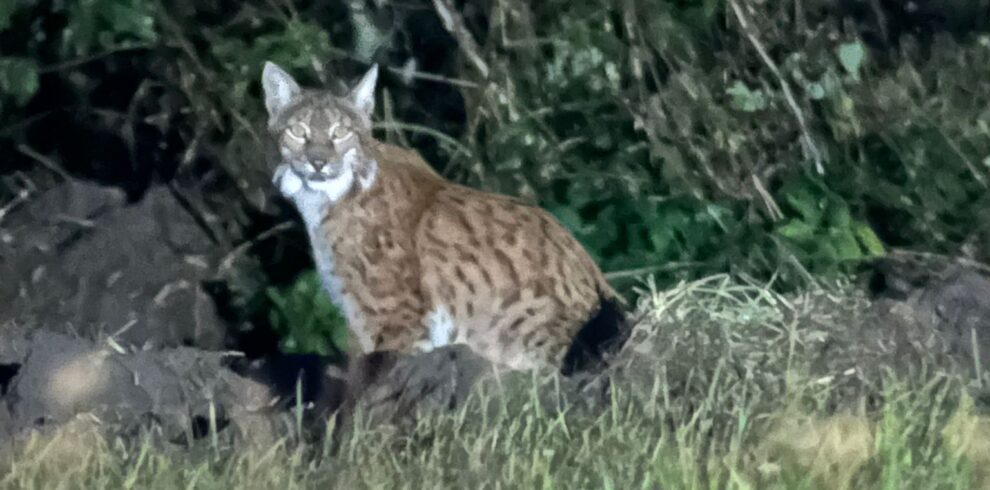
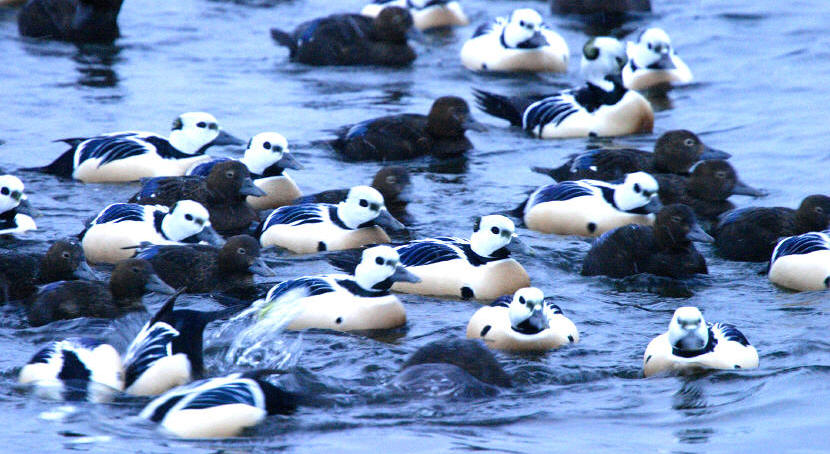
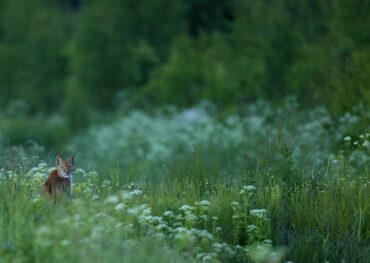
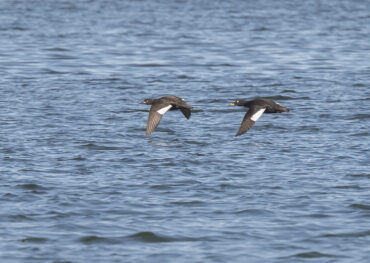
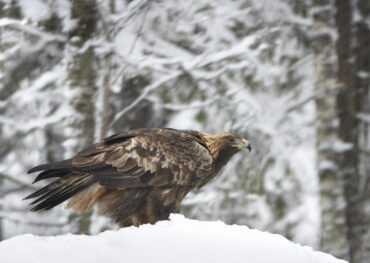
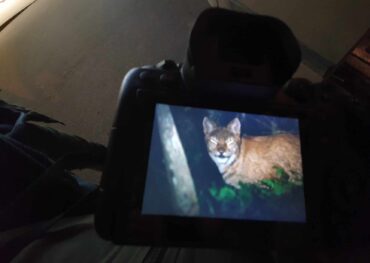
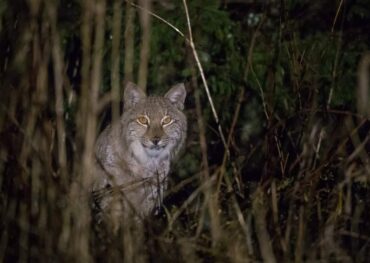
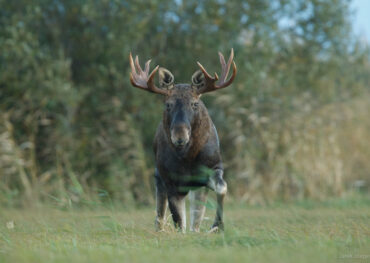

Write a Review